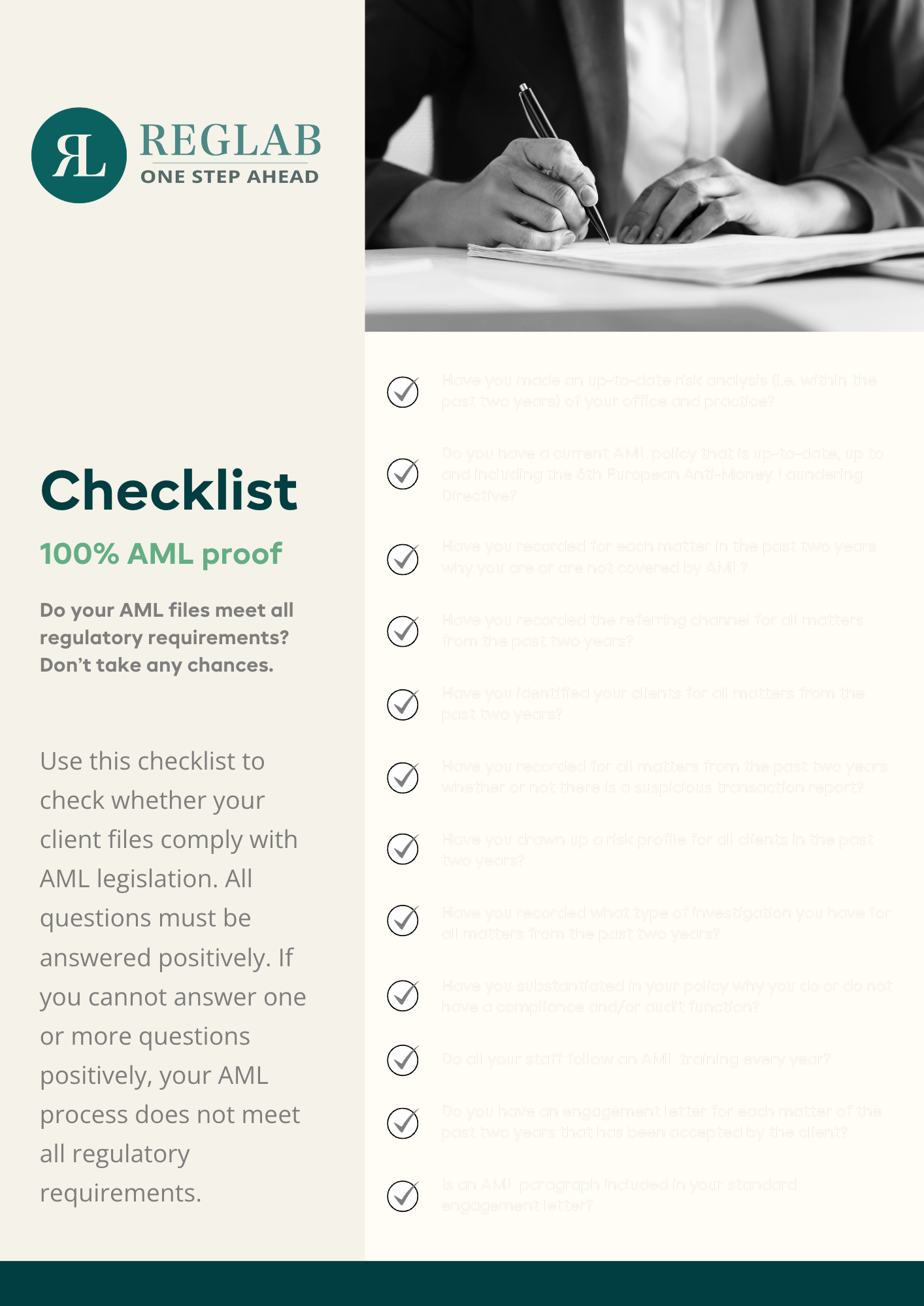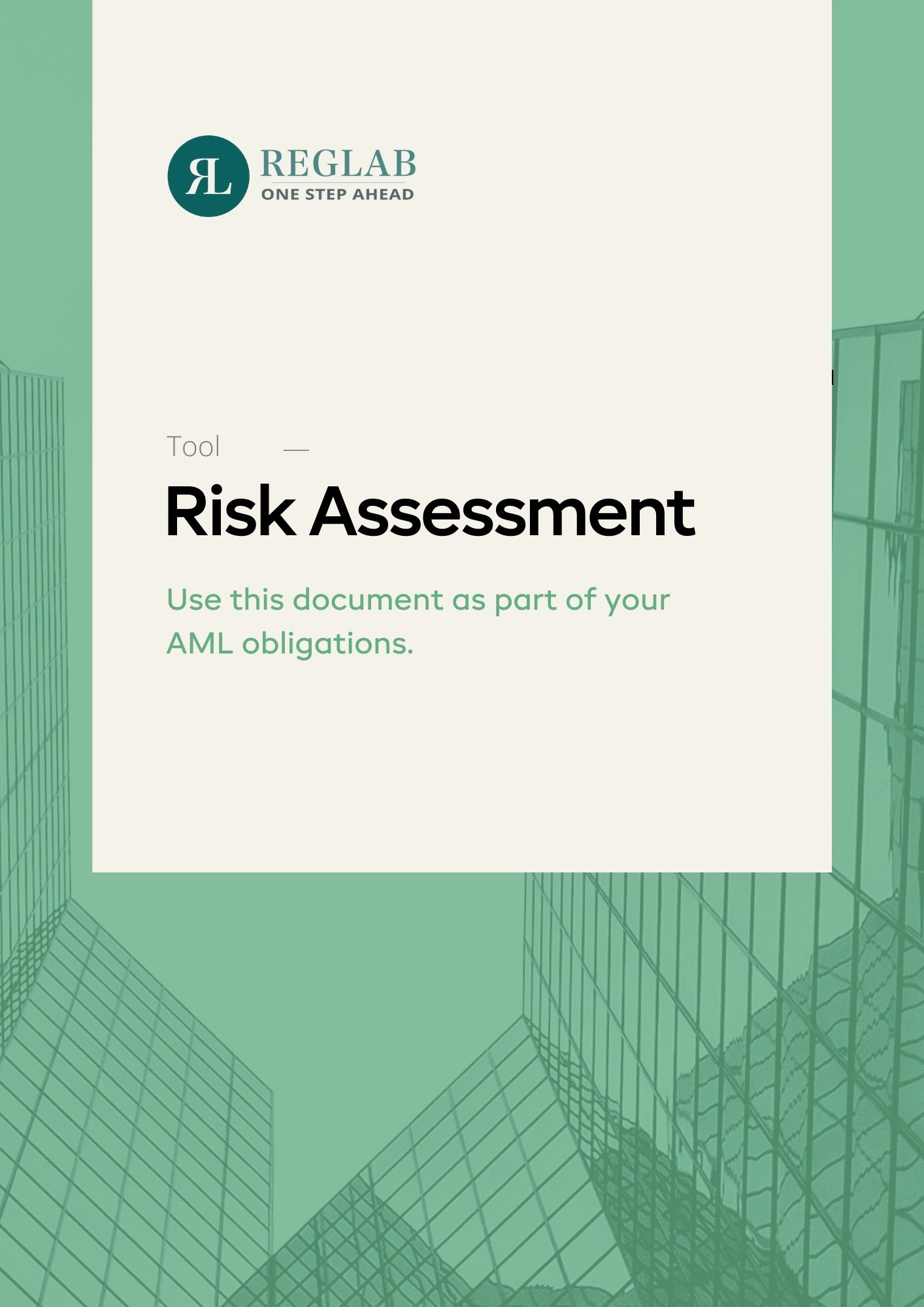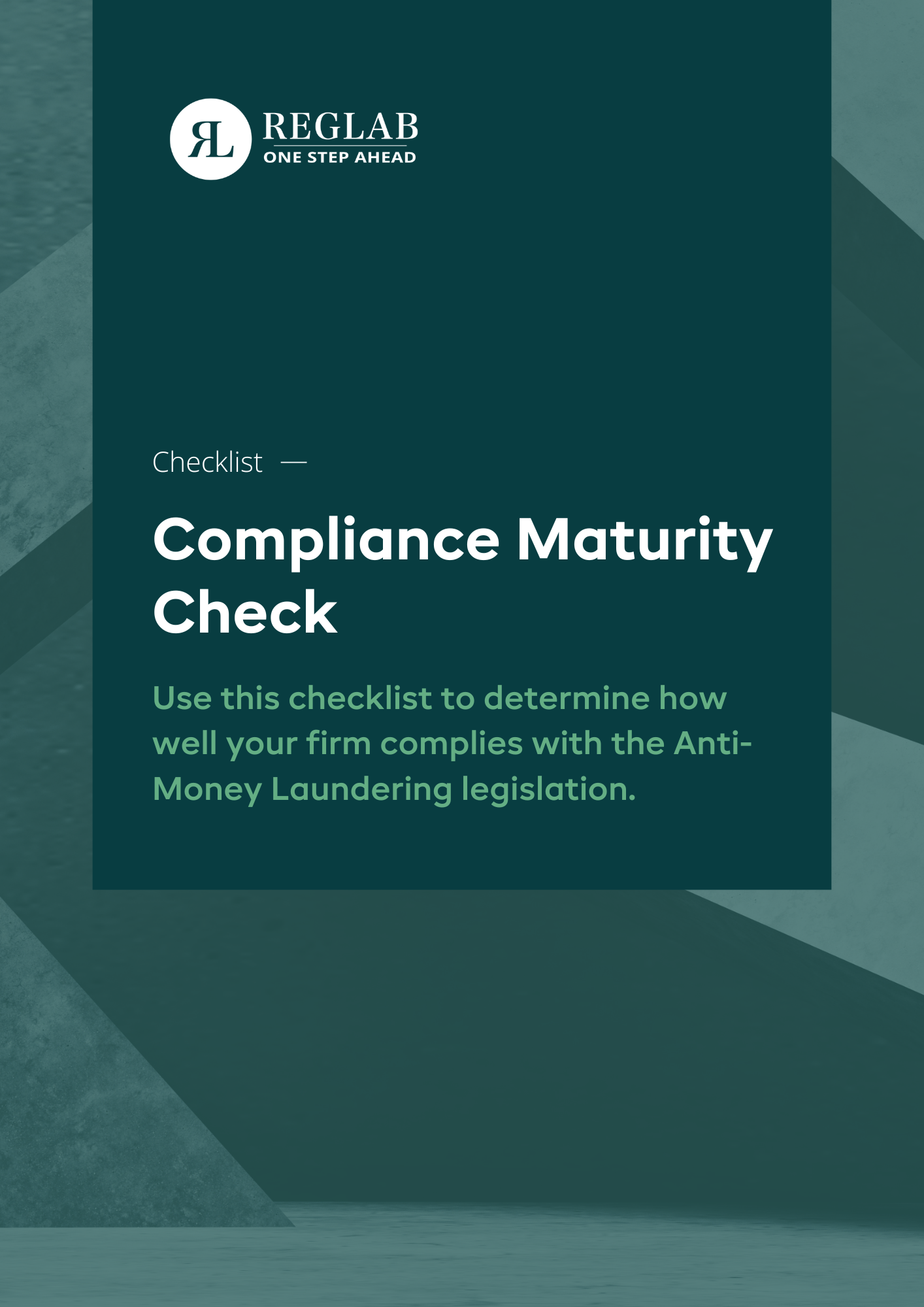- Products
- RegLab for ...
- Knowledge centre
Download the AML glossary >
 Discover the essential AML compliance terminology and gain instant access to a comprehensive guide
Discover the essential AML compliance terminology and gain instant access to a comprehensive guide - The company
Working at RegLab >
Join RegLab as the new Product Owner of our software tool and change the way the legal community approaches anti-money laundering.
There may not be any vacancies that perfectly match your profile, but that does not mean there is no room for someone who can improve RegLab.
- Book a demo
Knowledge Centre
Welcome to RegLab's knowledge centre: the starting point for anyone who wants to make their firm fully AML-compliant. Here you will find whitepapers, client testimonials and articles on the most important topics within AML legislation.
100% AML-proof
Whether you are a lawyer, tax advisor or notary, you must be able to demonstrate that you comply with AML obligations. This starts with a thorough KYC procedure at the first point of contact. You identify and verify clients. This is done, among other things, by determining the UBO (or pseudo-UBO) and performing a PEP screening. In this way, you build a comprehensive risk profile for each client and can easily demonstrate that your firm is compliant during an AML audit.
How do you comply without asking your clients too many questions? The articles below will help you along the way. They are based on the questions asked by regulators during an audit and are supplemented with practical knowledge sources that you can use directly in your daily work.
How do you determine whether a matter is subject to AML?
The first question of the supervisor will be this: 'How do you determine whether a matter is subject to AML? In this article, we will help you correctly phrase your answer to this question.
Can you show me your AML administration?
In this article, we address the supervisor’s next question while auditing a law firm. The question is this: “Can you show me your AML records?”
Does your office have a written risk policy?
Do you have a risk policy, and if so, may I see it? Expect this question during an audit. It turns out in daily practice, providing the correct answer is easier said than done.
Have AML procedures been drawn up?
This article expands on the previous article. How do you put these procedures into practice and what documents should you present during an audit?
Does the office provide AML courses?
Can you indicate whether you and/or other staff are following AML courses? What is the frequency of this and when was the last AML course followed?
How did you give shape to the compliance officer position?
Large firms are generally expected to appoint compliance officers. The firm’s AML risk level also influences whether a compliance officer role should be formally established.
Have you ever reported an unusual transaction?
How will you respond to this question? The AML sets two main obligations: you must identify your clients and you must report any unusual transaction.
Do you include an AML paragraph in the engagement letter?
An important part of the supervisor's audit is the engagement letter. Do you have an engagement letter for each matter? Has an AML paragraph been included?
AML: The most debated topics
Below you will find an overview of topics that have been discussed a lot during the past period.
AMLR and AMLA
The AMLR is the new European anti-money laundering regulation that comes into force in 2027. What will change for your firm? Read all about the AMLR and the new regulator AMLA in this article.
What is the AML directive?
AML, or Anti Money Laundering, refers to European legislation aimed at combating money laundering. At the European level, this regulation is known as the 5th AML Directive. This article explores what this legislation entails
AML: five FAQ’s
AML is aimed at preventing the use of the financial system for money laundering and terrorist financing. You can find the five most frequently asked questions about this Act in this article.
What does KYC mean?
Clients must be screened before acceptance, primarily through background checks to ensure proper KYC procedures. This article explains the essentials of KYC and the role of Customer Due Diligence in this process.
How does the Sanctions Act matter?
Firms should check whether there are sanctions against clients. Sanctions legislation is complex. On this page, we provide clarity.
What is and how do I screen a PEP?
A PEP is a Politically Exposed Person. Due to their influential position, a higher risk of money laundering, for example, is assumed.
What is a UBO?
A UBO is an ‘Ultimate Beneficial Owner’. If you are subject to AML, you must screen this person and their ultimate beneficial ownership. Curious about UBO's and your obligations in this regard?
What is a pseudo-UBO?
If no one within the organisation holds more than 25% of the interest or control, a pseudo-UBO is appointed. Interested in learning about pseudo-UBOs?
AML: Biggest challenges
Below is an overview of issues that stand out for our compliance officer. What exactly are the biggest challenges and where is there room for improvement? You can read it in the articles below.
How do I set up the AML process?
Discover the essential steps for setting up a successful AML process and learn how to avoid pitfalls.
AML policy update
Changes in AML legislation may affect your policy. We notice that firms find it a challenge to actively work on this. In this blog, we outline the three most common mistakes and give some practical advice.
Required information
To identify natural persons and legal entities, you request various documents. This article explains which documents those are according to AML legislation.
AML screening
You not only screen clients to see whether they appear on a sanctions list. You also check the lists of high-risk countries. What to screen and what you do if a client is on a list is explained in this article.
AML risk assessment
This article discusses the importance of risk policies and risk profiles. Find out exactly what both mean and how to apply them.
AML risk profile
This article answers the most frequently asked questions about AML risk profiles. How do you decide the risk profile, what do you write down and what type of (follow-up) research do you do?
Type of client investigation
We find that risk classification is found to be the trickiest. When do you conduct an enhanced or a regular customer due diligence? In this article, we explain.
Source of funds and wealth
AML sometimes requires you to find out the origin of a client's funds or wealth. But, what exactly does that mean? And, when are you obliged to investigate?
Mandatory monitoring
You have written a policy and you conduct AML checks during client onboarding. Many firms think they are done at this point. However, one of the most important AML obligations is still to be fulfilled: monitoring regular clients. How do you do that conveniently?
Internal audit
An internal audit allows you to check whether your firm is conducting client due diligence properly. This enables you to quickly see whether matters are complete, where the risks lie and how you can improve quality.


Valuable insights
Make your AML data more useful with reports
From RegLab, create a CSV or Excel file with comprehensive AML analyses. In this article, we explain how this works and the most useful analyses for firms.
Collaboration with other firms: who is your client?
Firms frequently refer work to one another, often because one firm has the specific expertise that the other lacks for a particular matter. Unfortunately, issues with AML compliance obligations can sometimes arise within this collaborative structure.
How to implement AML in your firm's culture
A solid AML process depends on the firm's culture. How do you make sure AML isn't just a paper obligation, but something that's actually followed in everyday practice?

AMLR and AMLA
— Whitepaper
A clear overview of what the AMLR and AMLA entail, and how this will affect your firm.
The (very) practical AML guide
— Whitepaper
Updated version! Discover the challenges in AML compliance.
AML misconceptions
— Whitepaper
We list ten myths about money laundering prevention and provide practical tips to improve your process.
AML glossary
— Glossary
Gain instant access to the AML glossary and essential compliance terminology.
100% AML-proof
— Checklist
Do your AML files meet all regulatory requirements? Don’t take any chances.
Risk assessment: a tool
— Risk Assessment
Easily assess your client's risk level with the help of this document.
Compliance Maturity Check
— Checklist
Gain insight into the maturity level of your compliance and discover areas for improvement.
Testimonial —
Svalner Atlas Advisors (formerly Atlas Tax Lawyers)
“RegLab has helped us to streamline our procedures”
— Read more
Testimonial —
Banning Lawyers / Advocaten
'RegLab has enabled us to ensure that many files that were non-compliant are now compliant.'
— Read more
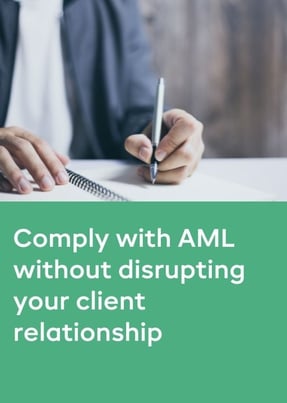
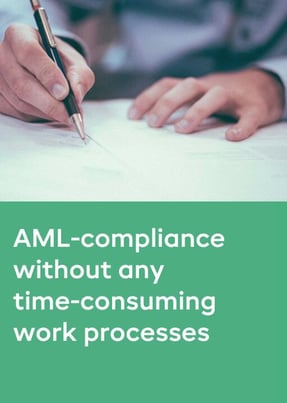
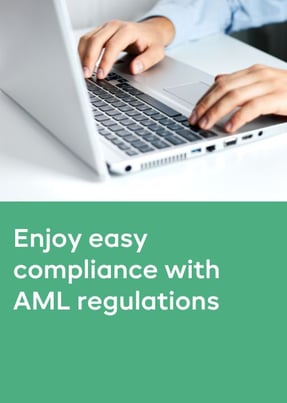

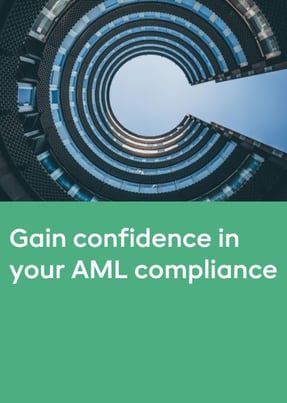
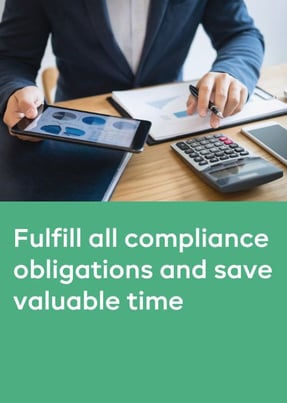




























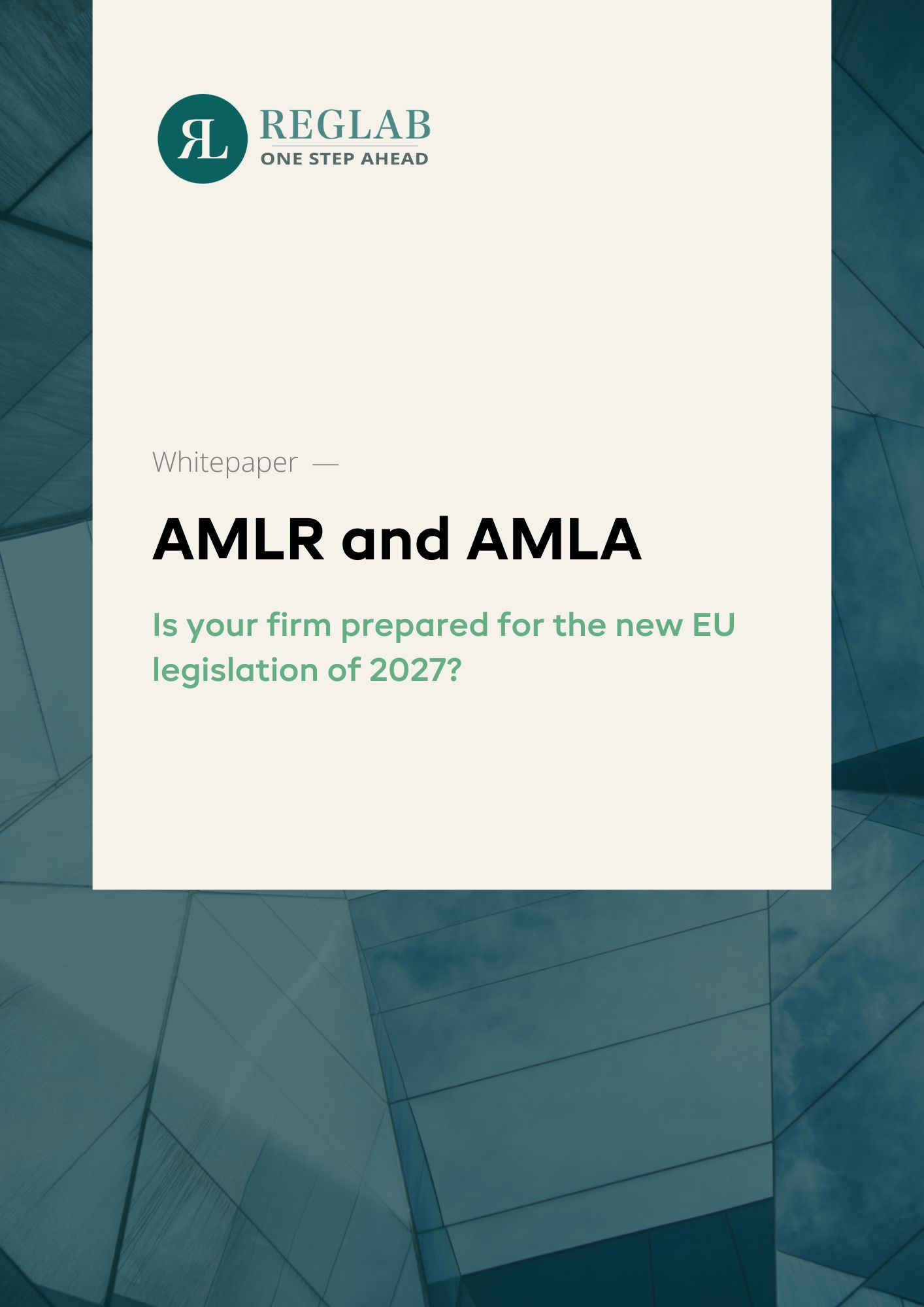
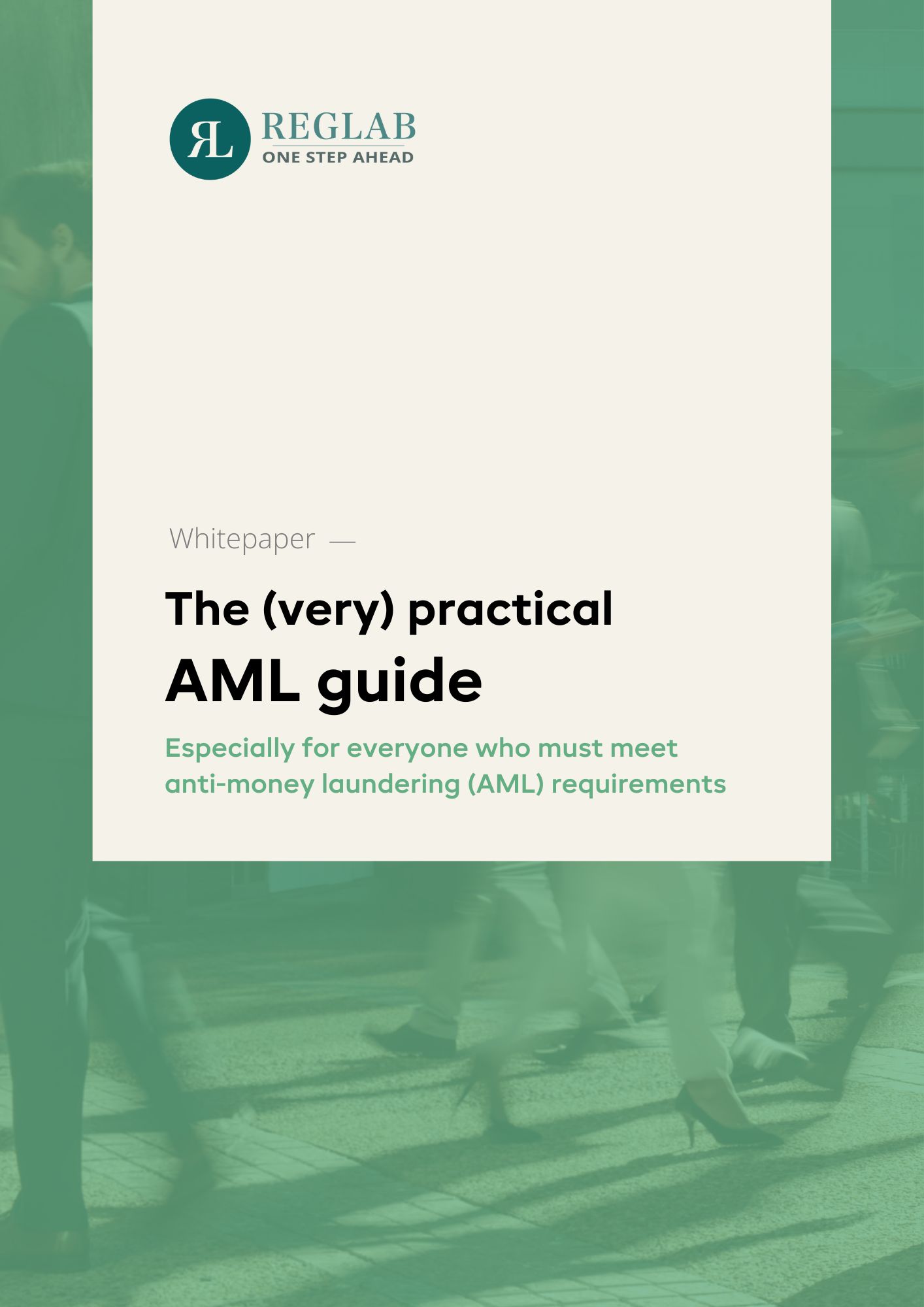
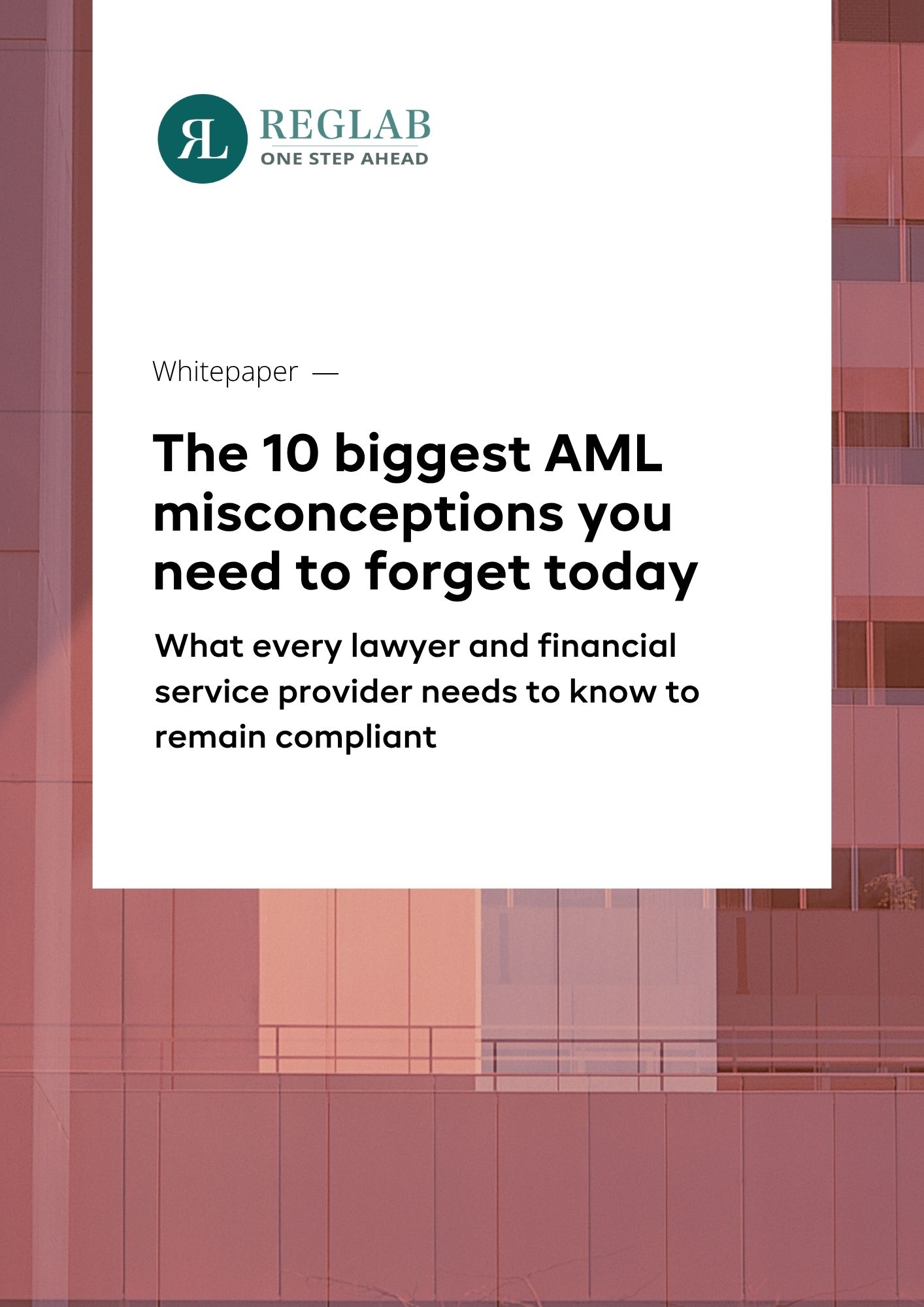
.jpg)
